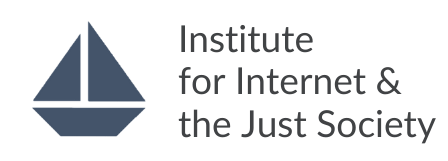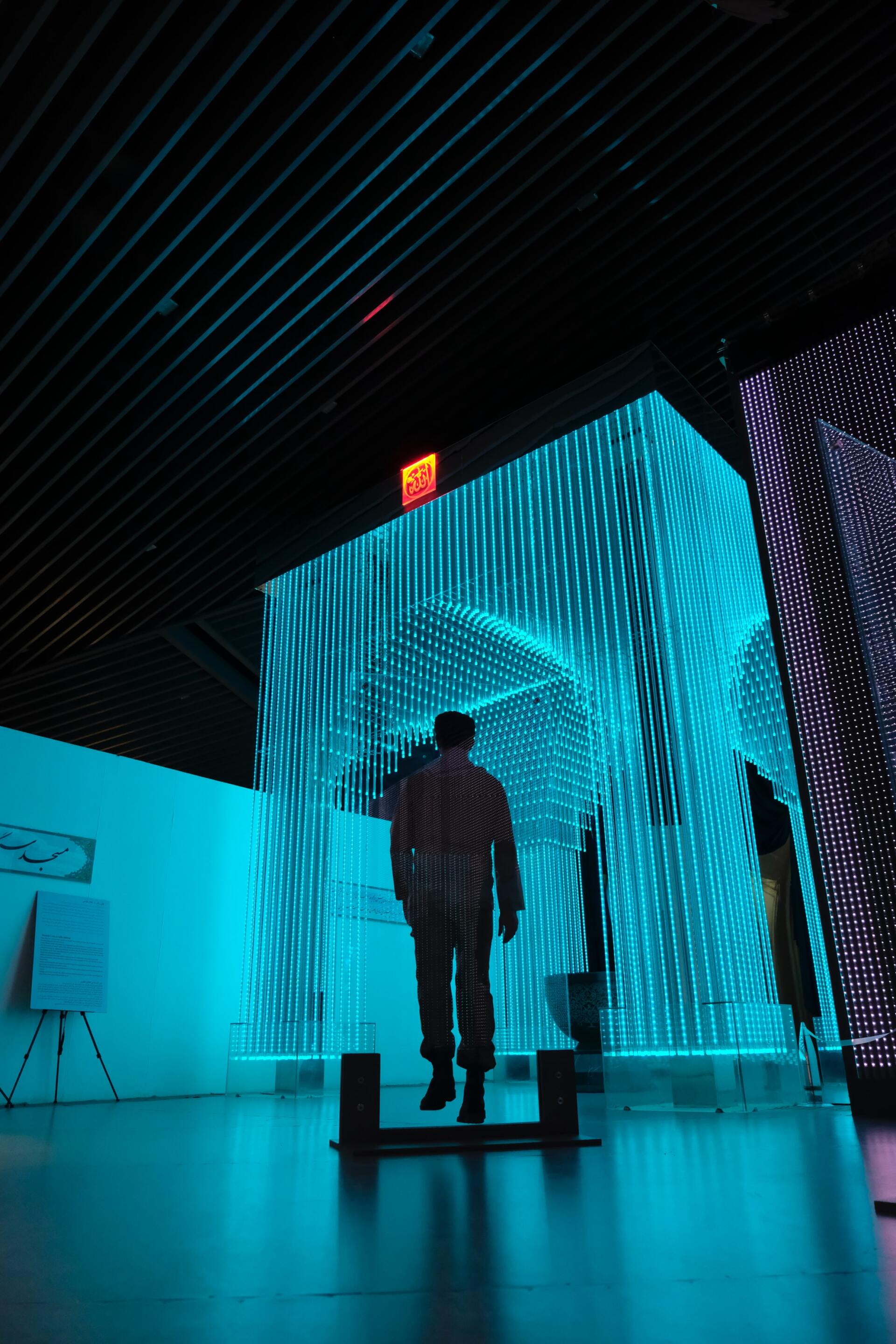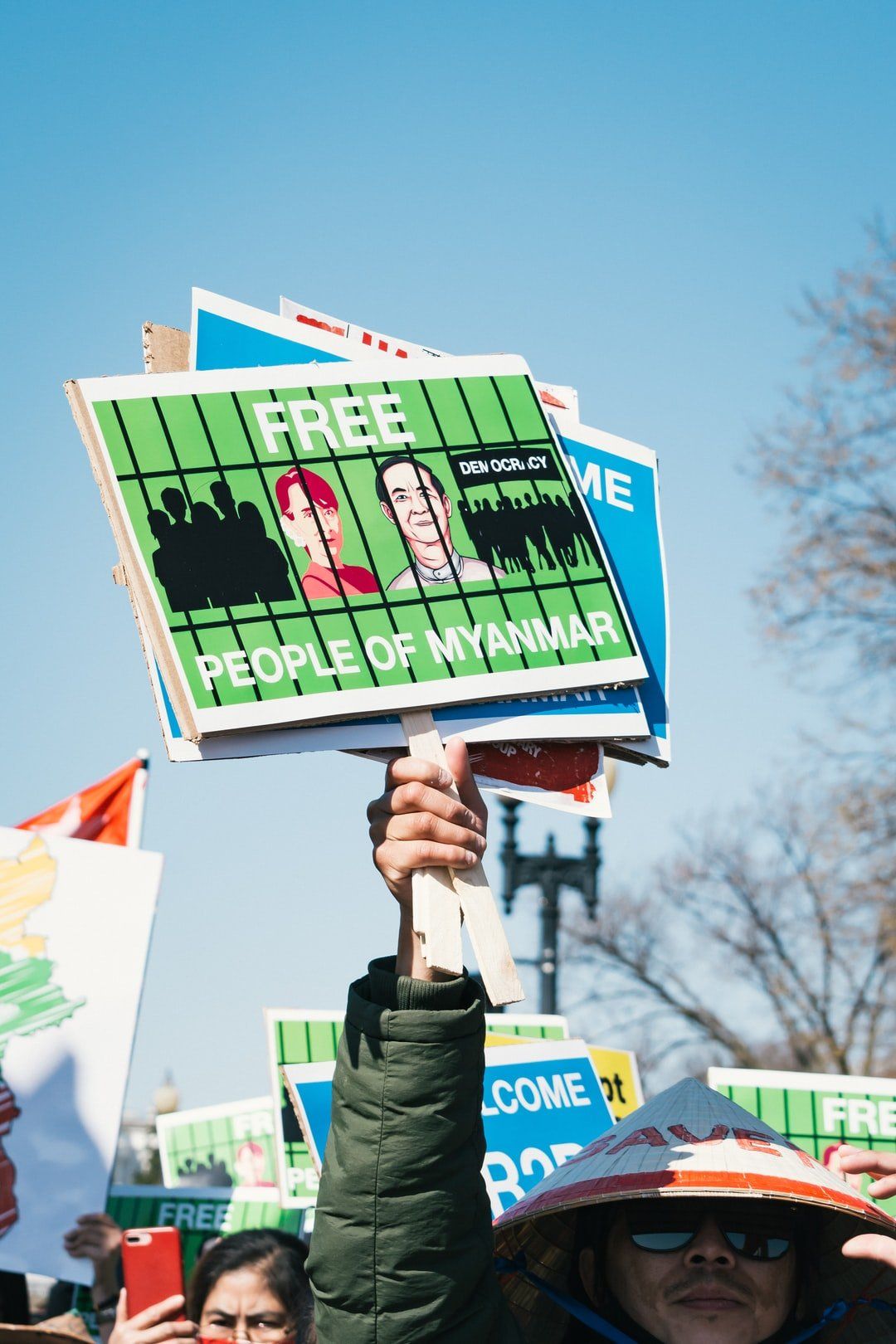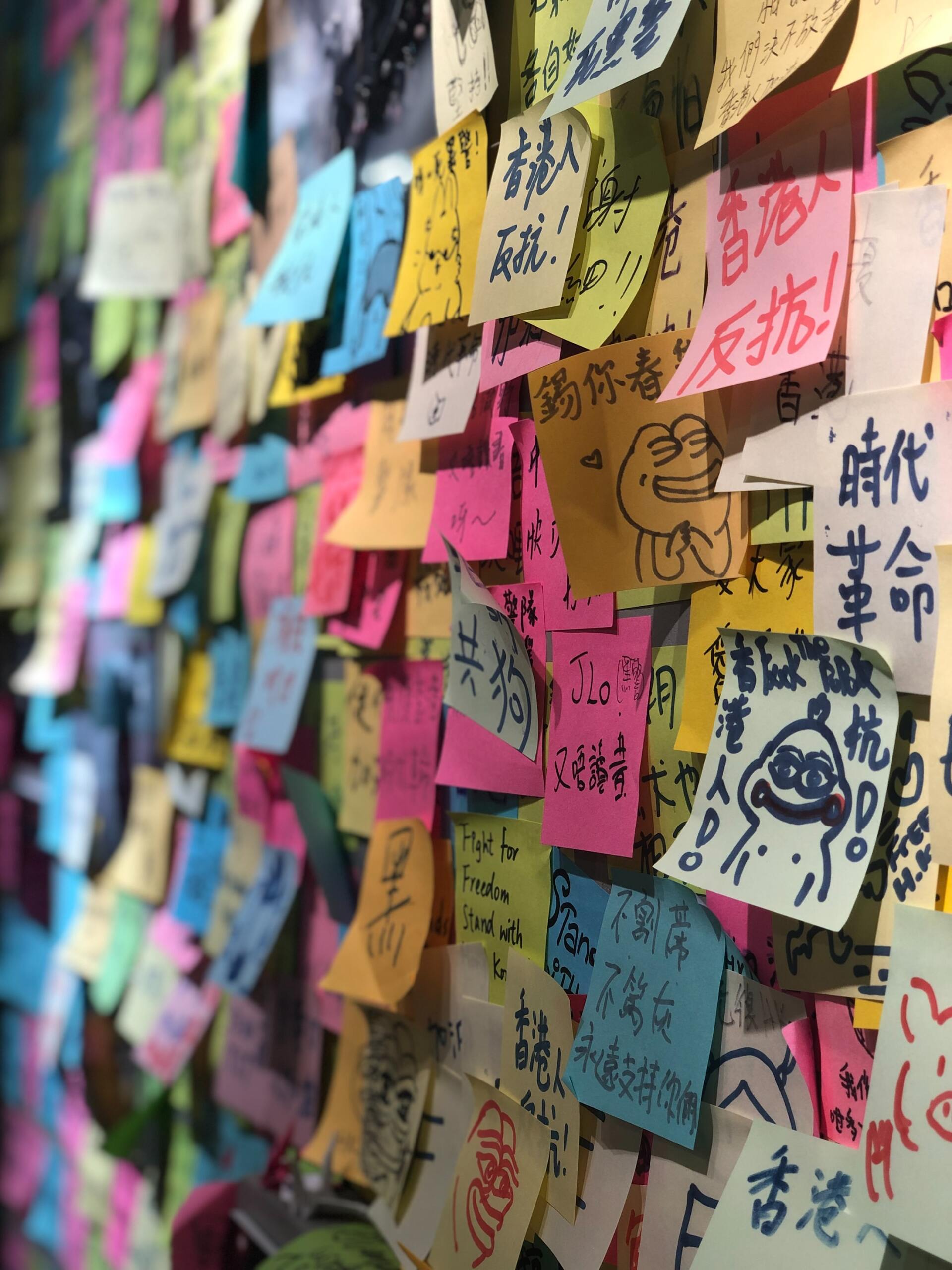DIGITAL ACTIVISM
Social Media and Iran - A Messy Relationship?
Despite being an authoritarian regime, Iran has an interesting (albeit conflicted) relationship with social media. Although Iranian authorities often see social media as a threat, Iranian politicians are increasingly using social media as a way to appeal to voters.
By Lucas Pinho Martins Nacif
August 9, 2021
Although Iran is known for imposing restrictive measures aimed at curtailing internet freedoms (particularly social media use), recent experience shows that social media is actually embraced in Iran. Indeed, politicians are known to use social media to mobilise supporters – including the Supreme Leader himself and newly-elected president Ebrahim Raisi. The purpose of this article is to explore the often complicated relationship between the Iranian political system and social media, and the potential implications of Ebrahim Raisi’s victory in the 2021 presidential elections.
Iran and state censorship
According to Freedom House, Iran’s regime falls short meeting democratic standards due to the overarching influence of its clerical establishment in key institutions, such as the judiciary and security forces, which plays a key role in suppressing dissent. Indeed, Iran’s state censorship is notorious, with social media networks such as Facebook and Twitter being officially blocked. State censorship is further strengthened by the 2009 Access to Information Law, which enables the Government to withhold information under vague grounds – such as protection of state interests and public security. In addition, media freedom in Iran is extremely limited given the overarching influence exercised by Iran’s clerical elites and security forces.
The Iranian regime has extensively attempted to control the public’s access to information online. Following protests organised by University of Tehran students in 1999, the Iranian state has adopted increasingly restrictive attitudes towards the internet. For example, the Iranian regime has extensively sought to constrain or limit access to the internet (to stifle dissent). Examples include making its internet service providers operate on reduced speed, disabling messaging platforms and using denial of service attacks to disable websites operated by activists.
Popularity of social media in Iran
Iran’s restrictive measures towards media freedom and internet use is ineffective, as millions of Iranians nonetheless stay connected via social media. This is largely attributed to proxies and VPNs which enables young Iranians to bypass restrictions.
Social media use is not solely attributed to young Iranians and as a means for the opposition and liberal newspapers to flourish, however. Politicians in Iran have been increasingly embracing social media platforms to appeal to voters and mobilise supporters. For example, the reformist faction successfully used the messaging app Telegram to mobilise voters, which led to the ‘Hope List’ winning 121 out of 290 seats in the 2016 parliamentary elections. More recently, Iran’s Foreign Minister Mohammad Zarif used the social media app Clubhouse to defend Iran’s strategic cooperation pact with China. That an Iranian minister openly used Clubhouse to engage with an Iranian audience shows that the Iranian government is trying to use social media platforms for their own political gain.
2021 Presidential Election
Ebrahim Raisi, Iran’s current Chief Justice, won the presidential elections held this June with 62% of the votes (though the vote was marked by a low turnout). Raisi’s election win means that hardliners now control all branches of the Iranian state since 2013. As Chief Justice, Raisi is notorious for being a repressive judge – from handing down heavy prison sentences against activists, to pressuring journalists that are critical of the regime.
Given Raisi’s reputation as a hardliner, it might be anticipated that the Iranian government will attempt to impose even more repressive measures against media freedom and social media use. This is a trend which has been long underway, given that Iranian authorities in recent years have imposed internet shutdowns by
blocking the nation’s inbound and outbound internet traffic after demonstrations in 2019, as well as seeking to develop a
centralised national “intranet” called the “National Information Network”, otherwise known as SHOMA, in order to police content and limit Iranian’s access to information.
Following Raisi’s election,
a proposed bill
from the Iranian parliament was introduced, seeking to “regulate social media messengers” by requiring the Ministry of Communication to uncover the names of all users and ban the use of proxies and VPNs, as well as requiring social media platforms to register to a regulatory and supervisory board which will include representatives of the intelligence ministry and the Revolutionary Guards.
However, despite expressing hostility towards media freedom and social media use, hardliner politicians such as Raisi have used Twitter to bolster political support. For example, Raisi has used Twitter during the 2021 presidential election to declare that the fight against “poverty, corruption and discrimination” were his priorities if elected. Raisi even pledged to
provide free internet to people from the lower strata of Iranian society (although based on the recent bill proposed by the Iranian parliament, it seems that his intention is to provide free access to a heavily censored internet, or even to SHOMA, if the intranet is launched.
Concluding remarks
Iran has at best, a contradictory relationship with social media. Although the government has historically attempted to impose restrictive measures against social media use, such measures have been at times ineffective thanks to an increasing use of proxies and VPNs among Iranians (though these measures are incapable of overcoming measures such as internet slowdowns and mobile data blackouts). In addition, Iranian politicians – both reformists and hardliners – have recently embraced social media use as a means of mobilising supporters.
Although Raisi’s recent presidential election victory indicates that the Iranian government might attempt to impose further measures to repress social media use, it is difficult to comprehend the regime’s hostile stance towards social media when even their Supreme Leader is an active Twitter user.
Lucas Nacif is a Bar Vocational Studies candidate at City Law School and has recently completed his LLM at St Edmund’s College, University of Cambridge. He also holds a LLB degree from King’s College London. During his legal studies, Lucas has done internships in various commercial barrister chambers in London.
Read More
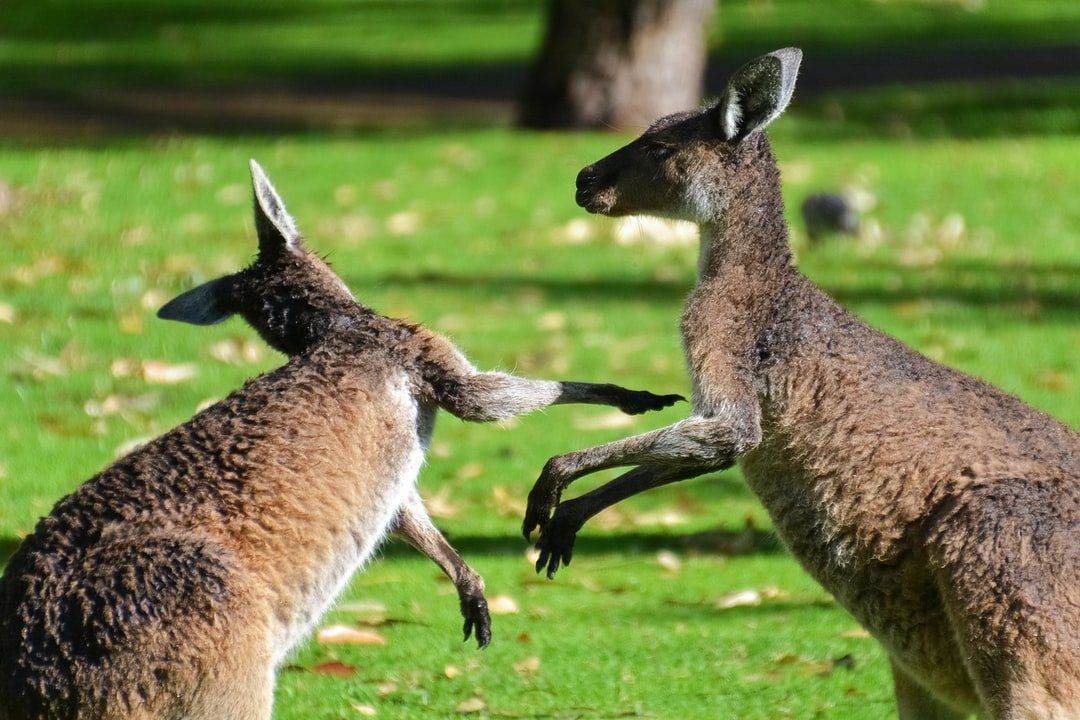
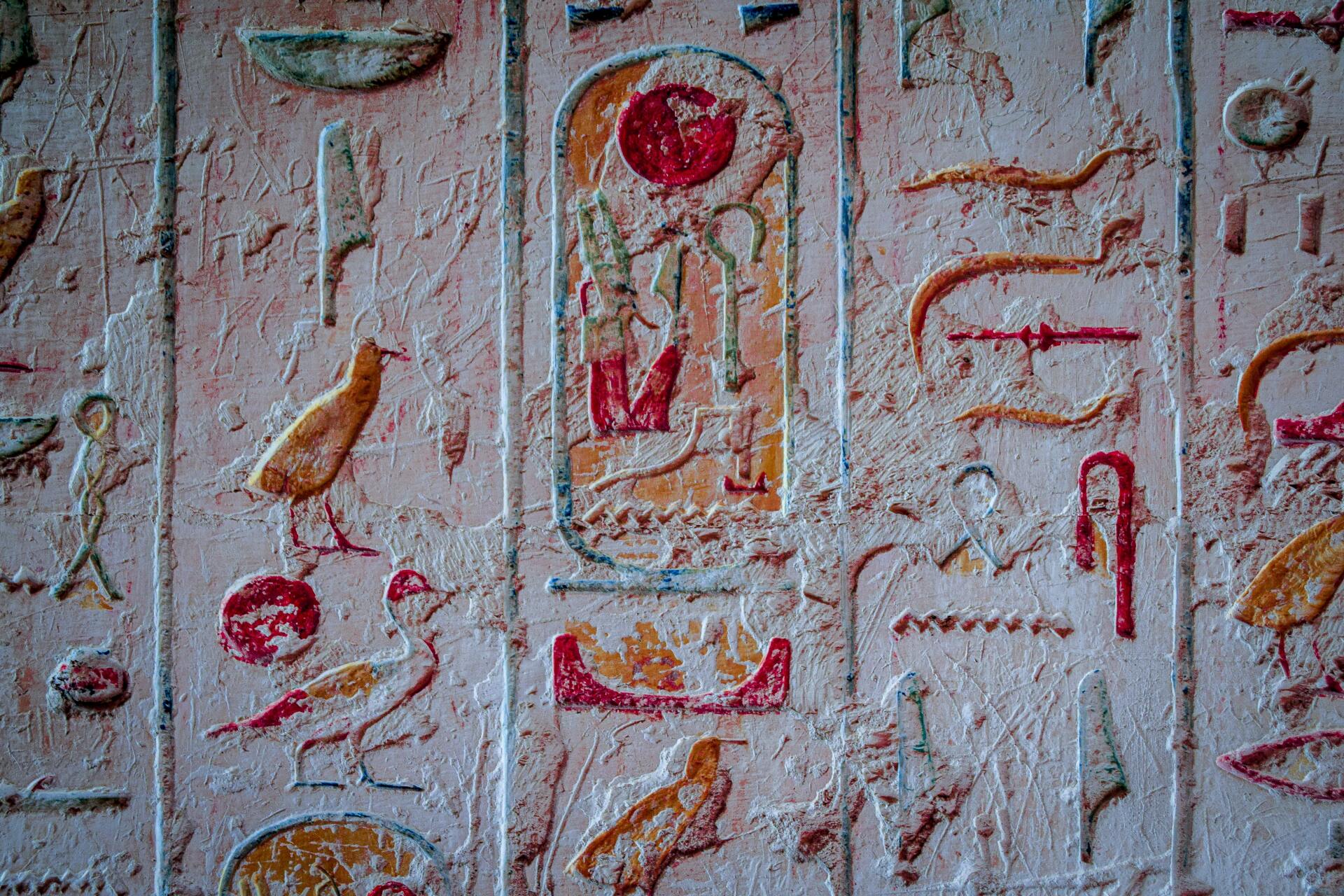
Watch Our Episodes
